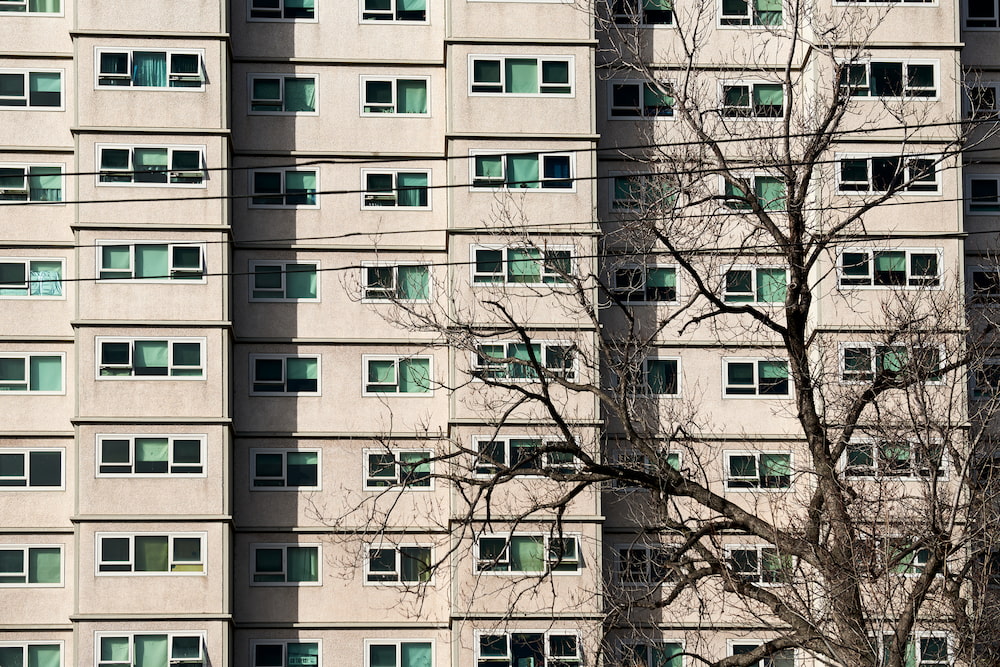Waiting lists for public housing in the ACT could increase this year due to the economic impacts of COVID-19, Minister for Homelessness and Housing Rebecca Vassarotti said in Estimates hearings today.
“With the reduction of the COVID supplement in terms of JobSeeker, it would not be surprising if this put some further stress on low-income households,” Ms Vassarotti said. “We could well see an increase in waiting lists.”
Canberrans wait on average three and a half years (1,324 days) for standard housing; more than two years (851 days) for high needs housing; and just under a year (265 days) for priority housing.
A total of 1,861 people applied for social housing assistance during the 2019–20 financial year, according to the ACT Community Service Directorate’s Annual Report. (This included 539 applications to transfer to another Housing ACT property).
512 new tenancies were created (99% of these people housed were assessed as priority or high needs). Approximately 690 people were transferred to more appropriate houses (272 tenancy transfers); 97% of tenancy transfers were assessed as priority or high needs.
The waiting list tried to identify people in greatest need, Ms Vasarotti said. “The ability to prioritise people in the very highest need is a way for the government to ensure that the people in the greatest and most urgent need are not waiting [so long].”
When general vacancy rates tightened – as in the ACT’s private rental market – people were less likely to meet their housing needs, and waiting lists increased, said Louise Gilding, executive director of ACT Community Services.
“There are very low vacancy rates; people look to public housing as an alternative,” Ms Vassarotti said. “We have seen over a period of decades a shifting of public housing to be allocated to people at particularly high needs, who are not able to operate within the private market.”
Although 1,324 days was certainly a long time to be on the general services list, the ACT had a higher proportion of public housing than other jurisdictions, Ms Vassarotti said. The government recognised the need to increase its stock of social housing supply, hence the program to renew 1,000 properties and build 400 new ones.
Ms Gilding argued that the government was getting better at housing people more quickly from the priority list within a three-month period; 99% to 100% of people allocated housing within three months are in priority or high needs groups – almost double the figures from two years ago.
Geoff Aigner, Housing ACT, said the priority list was meant to be reassessed every 12 months, and high needs and standard lists every 18 months. The reassessments had been delayed last year, but the government intended this year to resume a higher frequency of reassessments, including checking if applicants needed other support.
Mark Parton, Shadow Minister for Housing and Homelessness, was concerned more people could end up homeless if pressures increased on housing lists.
Ms Vassarotti agreed that housing stress could lead to people sleeping rough and overcrowding. To address this, the ACT Government had allocated $2.6 million to homelessness services in last month’s budget, while flexible funding assisted OneLink and other support services to better respond to people seeking help.
Figures for rough sleeping could increase this year, Ms Vassarotti added, due to better, more robust data.
For more stories:



